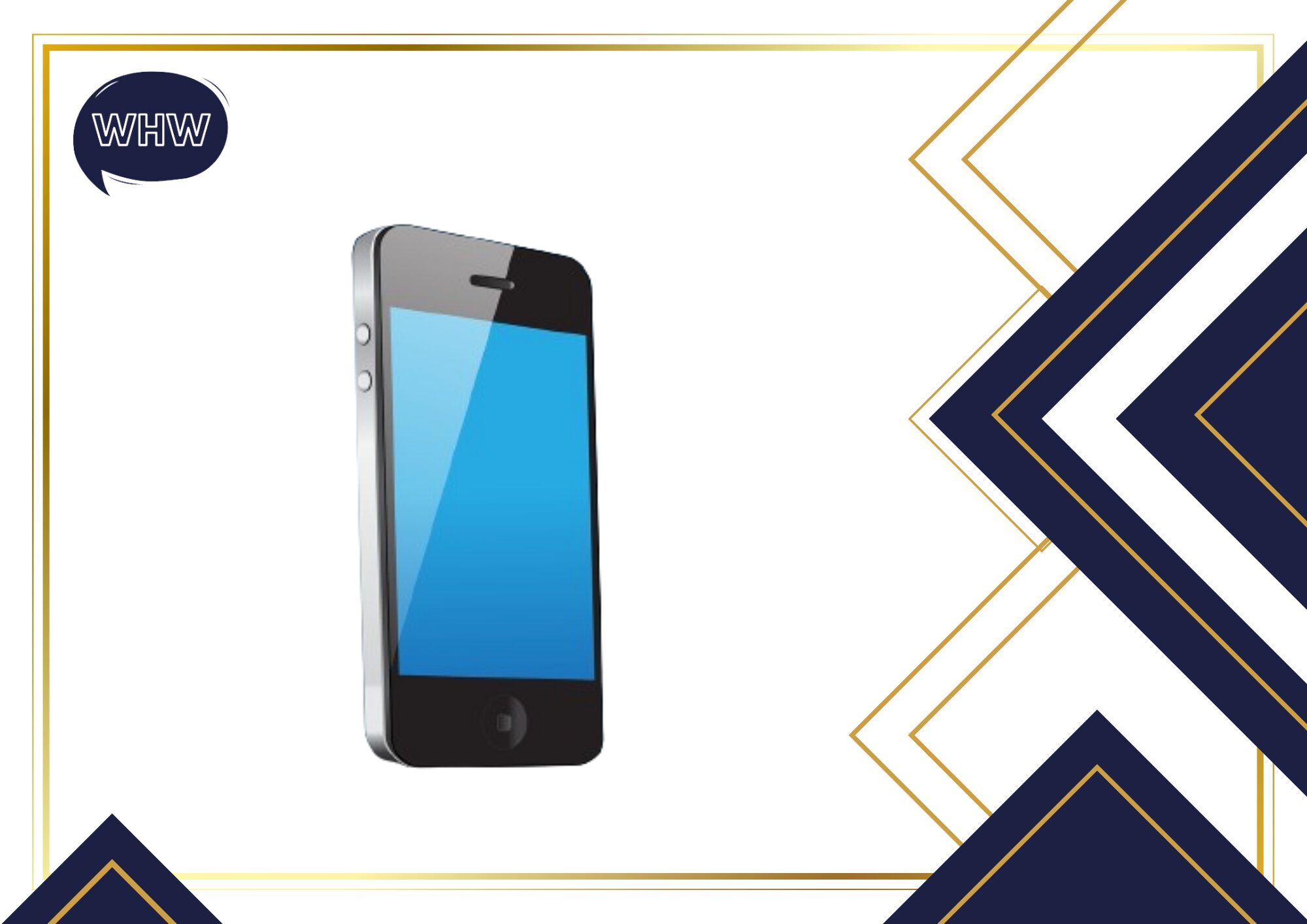What is a mobile payment system? And what are the benefits?

Whether it’s stocking the right merchandise or offering convenient payment options, small business owners strive to cater to their customers’ needs. Mobile payment processing is quite simple for a merchant, but it takes some time and effort upfront.
Investing in contactless payment and digital wallet systems is part of that strategy. In this article, I’ll discuss mobile payment systems what are they, how we use them, and their advantages. So, let’s start!
What is a mobile payment system?
A mobile payment system, also known as a mobile wallet or digital wallet, is a technology that allows users to make financial transactions using a mobile device, such as a smartphone or tablet. These transactions can include purchases at physical stores, online shopping, bill payments, and person-to-person transfers.
Mobile payment systems securely store users’ credit or debit card information and allow them to make payments by simply tapping, scanning, or entering a PIN on their mobile device. Some popular mobile payment systems include Apple Pay, Google Pay, Samsung Pay, and various banking apps that offer mobile payment features.
These systems often use near-field communication (NFC), QR codes, or digital tokens to facilitate secure and convenient transactions. Additionally, they may offer other features such as rewards programs, transaction history tracking, and integration with loyalty cards.
Main types of mobile payment system
The types of mobile payment systems can be broadly categorized into four main forms:
Proximity mobile payments
This type allows users to make purchases in physical stores by using their mobile device, often through near-field communication (NFC) technology. Examples of proximity mobile payment systems include Apple Pay, Google Pay, and Samsung Pay.
Remote mobile payments
Remote mobile payments enable users to make purchases online or through mobile apps without physically being present at the point of sale. These transactions can involve using mobile wallets linked to credit or debit cards, as well as payment platforms such as PayPal, Venmo, and various banking apps.
Peer-to-peer (P2P) payments
P2P mobile payment systems allow individuals to transfer funds directly to each other using their mobile devices. Apps facilitate these types of transactions, often using email addresses, phone numbers, or usernames to identify recipients.
Direct carrier billing
This form of mobile payment system enables users to make purchases by adding the cost to their mobile phone bill or deducting it from their prepaid balance. This method is commonly used for purchasing digital content such as apps, games, and media through app stores or content providers.
Each type of mobile payment system offers distinct advantages, and the choice of system often depends on factors such as user preference, device compatibility, and the specific requirements of the transaction.
Benefits of mobile payment system
It’s beneficial to both you and your customers to accept mobile payments, whether through online platforms, contactless payments at POS terminals, or Apple Pay and Google Pay apps. The benefits of accepting mobile payment methods include:
Reduce expense
You can reduce expenses in several ways by using mobile payments. The ability to email receipts eliminates the need for expensive point-of-sale equipment and paper and ink. Your only external cost to set up a mobile point-of-sale terminal is a card reader since you can use a tablet or smartphone.
With POS systems, low sign-up and monthly maintenance costs are also generally associated with cloud-based subscription models. With QR code payments, you won’t need a card reader or mobile POS system. To get started, you simply need a smartphone.
Convenience for the customer
Any business can accept mobile payments. Smartphones or tablets are the main devices used at the point of sale. A small mobile card terminal or simple attachment–commonly known as a “dongle”–could be added as additional hardware. With minimal setup time, your business can expand as fast as your imagination allows.
It is also easy for your staff to accept payments on a mobile device. In addition to intuitive software, the latest mobile payment systems have direct and simple prompts, which allow for accurate checkout even under less-than-ideal conditions.
The process of accepting payments on the go must be easy for your customers. It’s simple and familiar to accept mobile payments: just swipe, dip, or tap their cards, just as they’ve done at traditional checkouts.
Mobile payments remove a barrier for customers to complete their purchases. At a point of sale, consumers can pay by tapping their phones or credit cards, or they can pay online using their credit cards or other payment apps such as Google Pay, Shopify, or Apple Pay.
Security
In comparison to traditional payment methods, mobile payment apps offer several security advantages.
In the first place, it eliminates the risk of losing or stealing cash or credit cards. For consumers, misplaced credit cards can be a nightmare, putting them at risk of identity theft.
Secondly, mobile payment apps encrypt all personal information and use biometric authentication features such as fingerprint scanners and facial recognition to protect user data.
As a final step, a mobile payment app tokenizes each transaction. A one-time code is generated by the payment terminal, or a “token.” Instead of the buyer’s credit card number, the token is used to complete the transaction. In the event of a hack, the token cannot be used for any other transaction and is effectively useless. As a result, the buyer is protected from fraud.
Improve cash flow
Mobile payments transfer funds to your account either instantly or within a few days. As a result, you get money faster, and since customers can pay via their mobile devices, you’re more likely to receive payments from customers who prefer to pay via their mobile wallets.
Today’s retail landscape is increasingly dominated by alternative payment methods such as Google Pay and Apple Pay, with over one-third of users having three or more mobile wallets installed.
You can get more money from more customers faster using mobile payments compared to traditional payment methods.
Offers powerful management tools
Your payment systems must work seamlessly regardless of where payments are made to operate your business effectively. To get the most out of in-store and online payments, you need first-class tracking and management capabilities.
Powerful management tools are provided by mobile payment acceptance systems. Cloud-based editing that updates in real-time should make managing inventory and prices easy. Analyzing your sales directly through your merchant dashboard is a great way for you to gain insight into the most important aspect of your business.
Accepting mobile payments is easy, almost anywhere. Your customers will have more payment options while your business will have more flexibility. Accepting payments anywhere helps you better serve your customers, whether you want to explore new markets with a pop-up shop or break up lines in your store.
FAQs

Why mobile payment is popular?
Mobile payments are popular due to their convenience, accessibility, and security. They allow users to make transactions anytime, anywhere, using their smartphones. With features like biometric security and encryption, mobile payments offer a secure way to conduct financial transactions. Additionally, the ability to store multiple payment methods and loyalty cards on a single device simplifies the payment process for users.
What is the difference between mobile payment and digital payment?
Mobile payment specifically refers to transactions conducted using a mobile device, such as a smartphone or tablet, to make payments. Digital payment is a broader term encompassing all forms of electronic transactions including those made through online platforms, computers, or even traditional POS terminals. While mobile payment is a subset of digital payments, the latter includes a wider range of electronic transactions beyond just mobile devices.
What do you mean by digital payment?
Digital payment refers to the transfer of money or the purchasing of goods and services using electronic means, such as online platforms, mobile devices, or electronic payment networks. This includes transactions made through credit or debit cards, digital wallets, bank transfers, and other electronic methods, providing a convenient alternative to traditional cash-based transactions.
What are the effects of mobile payment
Mobile payment offers several benefits, including convenience, security, and efficiency. It enables quick transactions without the need for physical cash or cards, which can streamline retail experiences and reduce wait times. Furthermore, mobile payment systems often utilize encryption and authentication measures, enhancing security. Overall, mobile payment methods present a more seamless and secure way to conduct financial transactions.
Conclusion
Compared to other payment methods, mobile payments offer a number of benefits. Using mobile payments has many advantages, including improved security and convenience. It’s easy to get started with this program, so we hope you’ve enjoyed this article! Wouldn’t it be great if you could make your life a little easier?





